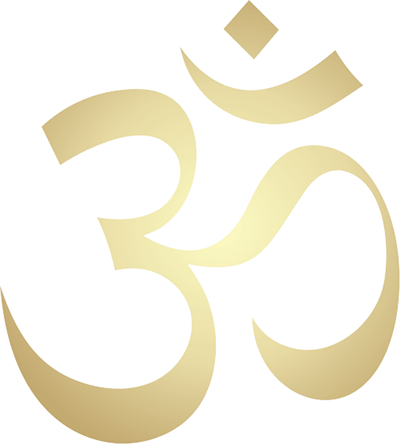



108 Names of Bharat Mata Video
108 Names of Bharat Mata
Gayatri Mantras Video
Bharat Mata Gayatri Mantras
Ekavimski Video
Bharat Mata Ekavimsati Song

Ashtottaram 71
71) OṀ TRIKĀLA SANDHYĀNUṢTHIṪA-
BHŨMYAINAMAH:
OṀ (AUM) -TRI-KAALA- SUN-DHYA-ANU-ṢTHI-ṪA-
BHOO- MYAI- NA-- MA- HA
(Ṫrikāla: means- Three periods of the day; Sandhyā: means- Obeisance to Sun god during
dawn and dusk; Anuṣthiṫa: means-Practice, performance)
The word 'Sandhya' refers to that time, when night passes into day and day passes into night. They are dawn and dusk. The ritual of one's obeisance to God during these periods is known as sandhyāvandanam. Doing three periods of the day- dawn ('prātah sandhyā'), midday -noon when the sun is right above our head ('madhyāhna sandhyā') and dusk ('sāyantrah sandhyā'), is known as 'trikāla'.
The vaṭu who has undergone the upanayana ceremony and also the house-holders (except the working class) are expected to perform this sandhyā ritual three times a day, as a sacred duty. These three-the 'prātassandhyā', the 'madhyaahnasandhyā' and the 'saayantrahsandhyā' have many steps in common. However, in practice, only the first and the last have survived. The scriptures have provided for this modification.
After taking bath and wearing the traditional religious dress (dhoṫi and chadar or uttarīya) one should apply the religious marks (like the vibhūti or the ūrdhva puṇḍra) as per one's family traditions, on the forehead, and sit on the seat (kept aside and to be used only for such religious purposes). Though there are differences in the procedure and the various steps to be followed, as per differing traditions, the six steps common to all and the detailed procedure has to be learnt from the family priest or the elders in the family.
These six steps are: 1) Āchamanam- is the ceremonial sipping of water from the right hand cupped in the shape of the ear of a cow (gokarṇam) to the appropriate mantras. This āchamanam is a general purificatory act that precedes every religious undertaking. 2) Prāṇāyāmam-is control of the prāṇic energy through the regulation of the breathing process as detailed in the works of yoga. Prāṇayāmam helps in the control of the mind also. 3) Mārjanam- literally means cleansing or purifying. It consists of sprinkling of water on specified parts of the body with a mantra. This process will make the body ceremonially pure and fit the ritualistic act. 4) Arghyapradāna-is the offering of water taken in the two hands cupped together, by repeating the Gāyatrī mantra and addressing the Sun-god. This is just to show our gratitude to the Sun-god who is our primary life-support. 5) Gāyatrī japa-the goddess Gāyatrī within the orb of the sun is the deity here. 6) Sūryopasṭhāna-repeating the prayer addressed to the deity Gāyatrī (in the orb of the sun) in the standing posture, facing the sun, is 'Sūryopasṭhāna'. This is the last rite of bidding farewell to the goddess after having invoked her and satiated her through japa.
Hence, our land which worships the 'Sun-god'- our primary life-support three times a day, is known to be 'Trikāla Sandhyāvandānuṣthiṫa Bhūmi'.


Gayatri Mantras
Click on Link below to go to Youtube Videos
To download MP3 Audio right click and "save lnk as"
Home
About the Author
108 Names of Bharatamata
Gayatri Mantras
Ekavimsati Song
Speaking/Media Contact
Sri Bharatamata
Home
About the Author
108 Names of Bharatamata
Gayatri Mantras
Ekavimsati Song
Speaking/Media Contact